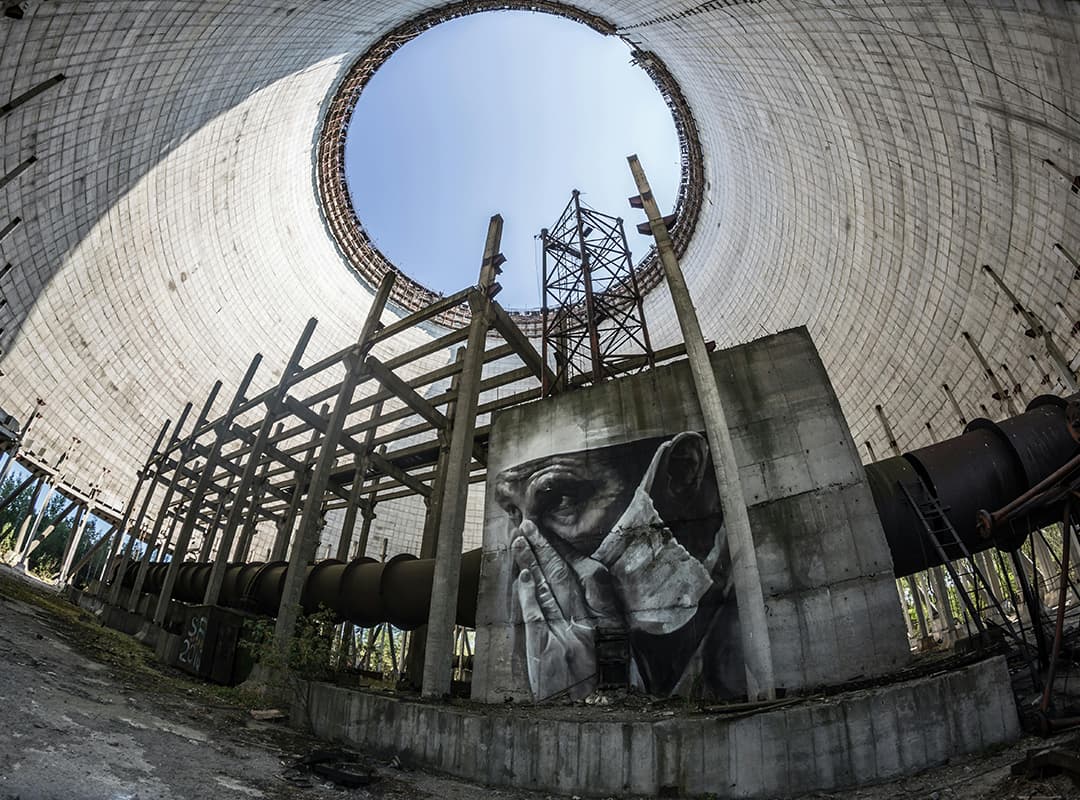Nuclear disarmament and climate change are two of the most pressing issues facing the global community today. While they are often discussed separately, these issues are deeply interconnected. Understanding their relationship can help in crafting more effective strategies for both disarmament and climate action. This article explores how nuclear disarmament and climate change intersect, highlighting the implications for nuclear countries in the world and the concept of a “nuclear island.”
The Link Between Nuclear Disarmament and Climate Change
- Nuclear Winter and Climate Impact One of the most profound connections between nuclear disarmament and climate change is the concept of “nuclear winter.” This hypothesis suggests that a large-scale nuclear conflict could trigger severe global cooling due to the massive amounts of smoke and soot released into the atmosphere. These particles could block sunlight, leading to a drastic drop in temperatures, reduced agricultural productivity, and widespread environmental disruption. The potential for such catastrophic climate effects underscores the importance of reducing nuclear arsenals to mitigate these risks.
- Environmental Consequences of Nuclear Tests Historical nuclear tests have had significant environmental impacts, including radioactive contamination of air, water, and soil. These tests have contributed to long-term environmental damage in affected areas, often exacerbating challenges related to climate change. For instance, the residual radiation from nuclear tests can impair soil health and affect ecosystems, which in turn can impact agricultural practices and climate resilience.
- Resource Allocation and Prioritization The resources allocated to nuclear weapons programs can detract from efforts to address climate change. Funding for nuclear arsenals often comes at the expense of investments in renewable energy, climate adaptation, and mitigation strategies. Reducing nuclear expenditures could free up resources for climate action, including the development of green technologies and infrastructure that support sustainable development.
- International Cooperation and Policy Integration Addressing both nuclear disarmament and climate change requires robust international cooperation. Integrating these issues into a unified policy framework can enhance global efforts to tackle both threats. For example, international treaties and agreements that promote disarmament, such as the Treaty on the Non-Proliferation of Nuclear Weapons (NPT), could be aligned with climate agreements like the Paris Agreement to create synergies and reinforce global commitments.
The Role of Nuclear Countries in the World
- Responsibility of Nuclear-Armed States Nuclear-armed states bear significant responsibility for addressing both nuclear disarmament and climate change. These nations must lead by example in reducing their nuclear arsenals and engaging in international disarmament efforts. At the same time, they should prioritize policies that mitigate climate change and support global sustainability.
- Strategic Priorities and Policy Shifts Nuclear countries can play a pivotal role in shifting global priorities towards disarmament and climate action. By committing to arms reduction and investing in climate-friendly technologies, these nations can set a precedent for others to follow. Strategic shifts that align national security policies with environmental sustainability can contribute to a more secure and stable global environment.
Nuclear Island: A Conceptual Approach
- Defining the Nuclear Island The term “nuclear island” can be used metaphorically to describe regions or countries that remain isolated or disconnected from global disarmament and climate action efforts. These areas may continue to prioritize nuclear capabilities while neglecting environmental concerns or international collaboration. Addressing the concept of a nuclear island involves promoting inclusive and cooperative approaches to both disarmament and climate change.
- Bridging the Divide To overcome the challenges posed by nuclear islands, it is essential to bridge the divide between nuclear disarmament and climate action. This includes fostering dialogue among nations, encouraging joint initiatives, and integrating disarmament and climate policies. Creating platforms for cooperation and information sharing can help dismantle the barriers that isolate nuclear-armed states from global efforts to address climate change.
The intersection of nuclear disarmament and climate change highlights the complex relationship between these two critical issues. Understanding this connection is crucial for developing effective strategies to address both global threats. By reducing nuclear arsenals and prioritizing climate action, nations can mitigate the risks of nuclear conflict and environmental degradation. The concept of the “nuclear island” underscores the need for inclusive and cooperative approaches to ensure that all countries contribute to a safer and more sustainable world. Addressing these challenges together will pave the way for a future where security and environmental stewardship go hand in hand.
